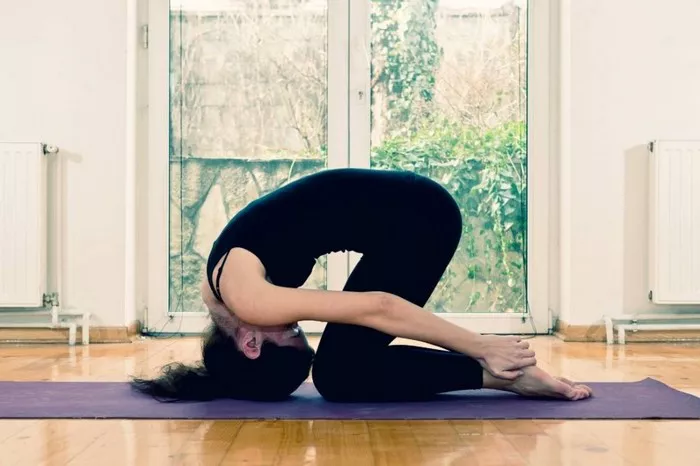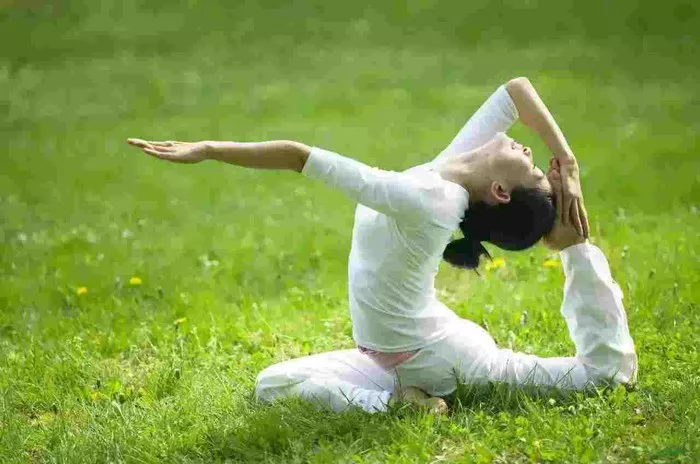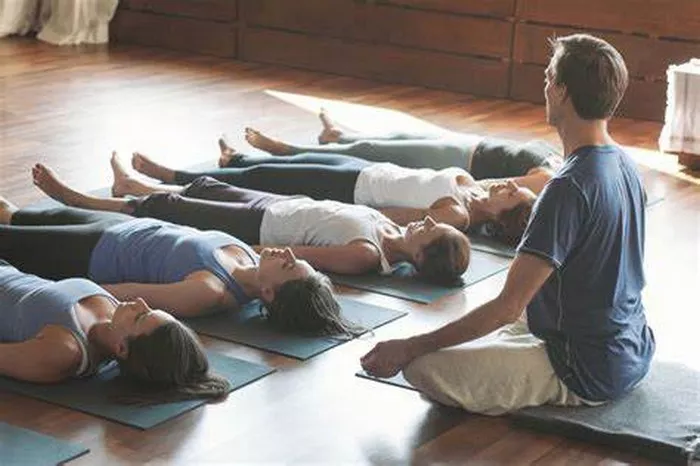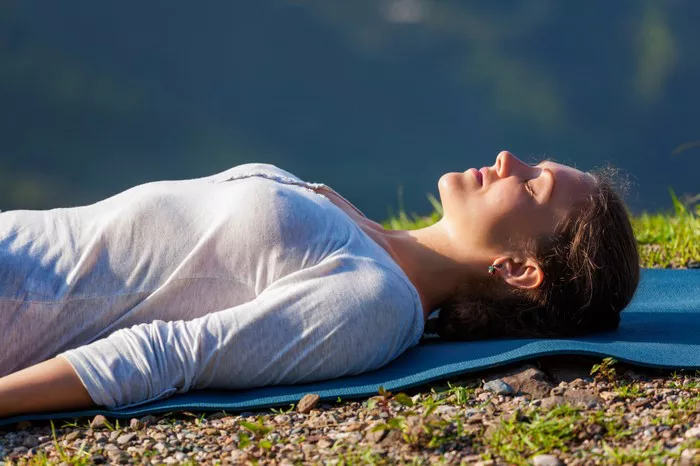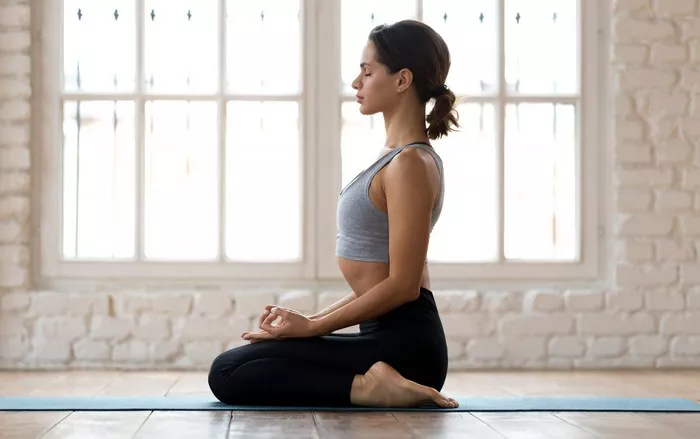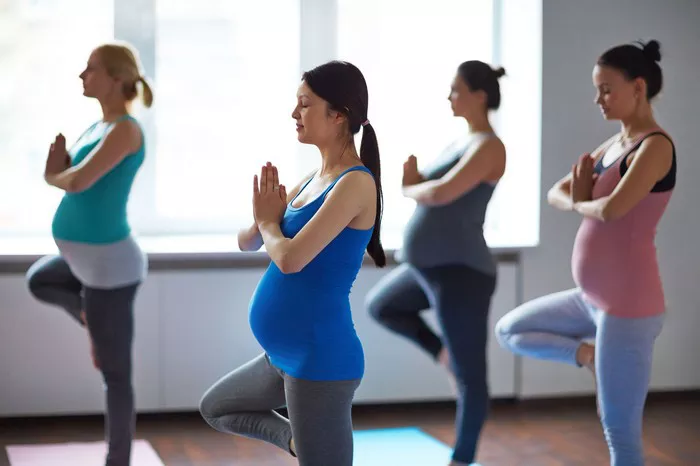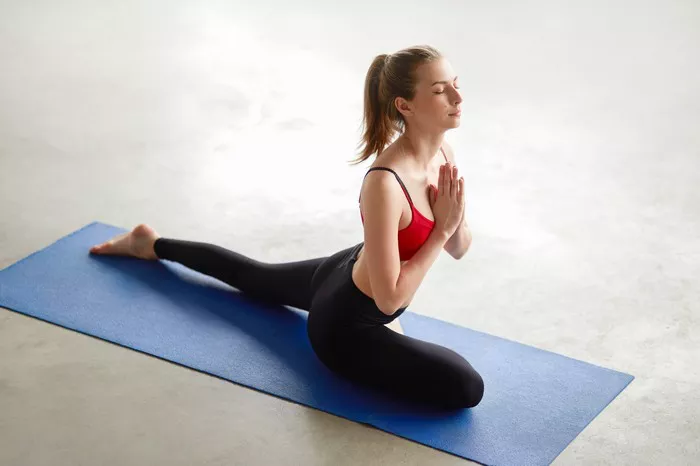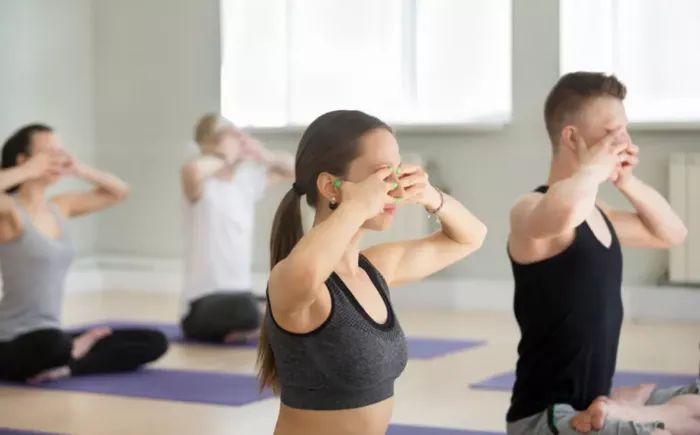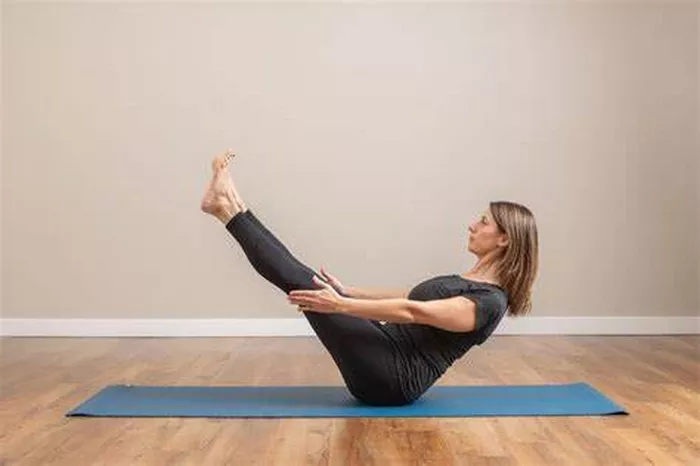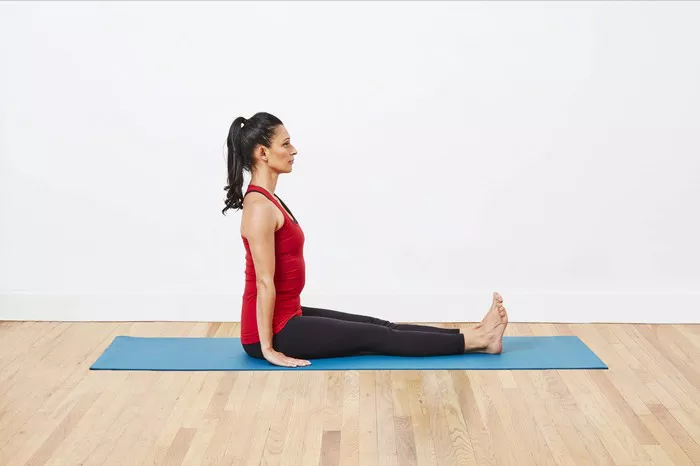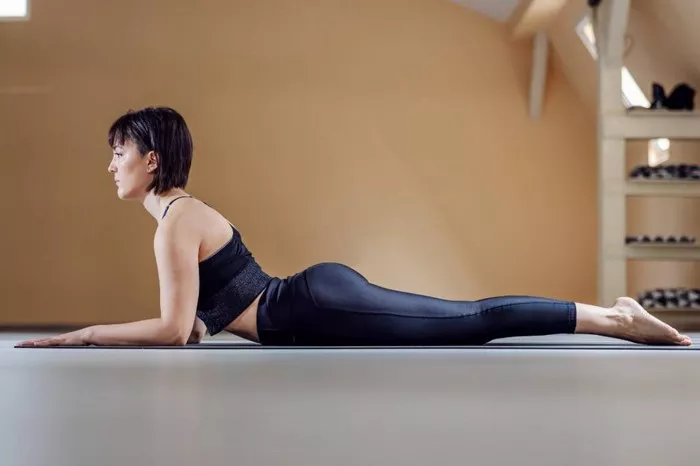The Half Moon Pose, also known as Ardha Chandrasana in Sanskrit, is a standing balance pose in yoga that is both graceful and challenging. It improves strength, stability, and flexibility while providing numerous benefits for your body and mind. Whether you’re a beginner or a seasoned practitioner, mastering the Half Moon Pose can significantly enhance your overall practice. This guide will take you step-by-step through the technique, its benefits, and modifications for beginners, making it accessible for everyone.
Understanding the Half Moon Pose (Ardha Chandrasana)
The name Ardha Chandrasana comes from Sanskrit, where “Ardha” means half, “Chandra” means moon, and “Asana” means pose. This name beautifully symbolizes the shape your body forms as you open your chest and legs to create the crescent-like curve of a half moon.
The Half Moon Pose is a standing balance posture that engages multiple muscle groups in the body, including the legs, core, and shoulders. It involves an element of twist, balancing on one leg, and opening the chest to the side, which challenges your coordination, flexibility, and concentration. This pose can be both invigorating and grounding, as it requires focus and awareness of your body in space.
Benefits of the Half Moon Pose
Before diving into the steps, it’s important to understand the benefits of the Half Moon Pose. Incorporating this pose into your regular practice can:
Enhance Balance and Stability: The primary challenge in this pose is balancing on one leg while reaching your upper body towards the sky. This works your core, ankles, and legs, improving your stability.
Strengthen the Legs and Core: The pose requires you to engage your thighs, glutes, and core to maintain balance, which helps in building strength in these areas.
Improve Flexibility: Stretching the side body, hamstrings, and hips in Half Moon Pose enhances your flexibility and range of motion. Over time, this helps improve posture and mobility.
Opens the Chest and Shoulders: As you extend your top arm towards the ceiling, it helps open the chest and shoulders, counteracting the effects of hunching over or slouching.
Boosts Mental Focus and Concentration: Because this is a balancing pose, it requires your mind to be present. This sharp focus helps improve concentration, calm the mind, and increase body awareness.
Promotes Better Posture: By strengthening the muscles in the back, legs, and core, this pose naturally encourages better alignment in your daily life.
Step-by-Step Guide to the Half Moon Pose for Beginners
As a beginner, the Half Moon Pose might seem daunting at first, but with the right steps, anyone can achieve it. Below is a comprehensive breakdown to help you get into the pose safely and effectively.
1. Start in Warrior II (Virabhadrasana II)
To begin the Half Moon Pose, start in Warrior II. From here, your body will be properly aligned and prepared for the balance required in the pose.
- Stand tall with your feet wide apart, about 3 to 4 feet, with your legs strong and straight.
- Turn your right foot out 90 degrees, and angle your left foot slightly inwards.
- Extend your arms out parallel to the floor, palms facing down.
- Bend your right knee directly over your ankle so that your right thigh is parallel to the floor.
- Gaze over your right hand, making sure your shoulders are aligned and that your chest is open.
2. Shift Your Weight to the Front Foot
From Warrior II, begin to shift your weight onto your right leg. Press through the outer edge of your left foot while lifting your left leg off the floor, keeping it straight and strong.
- Try to keep your hips level and facing forward.
- Engage your core as you start to balance on your right leg.
- Imagine drawing energy from the ground through your standing foot to maintain stability.
3. Extend the Left Leg and Begin to Open the Hips
Once your left leg is lifted, begin to extend it straight out behind you while slowly turning your pelvis open to the left. This step requires flexibility in the hips and strength in your standing leg. Keep your left leg strong and active as you extend it behind you.
- You may need to bend your right knee slightly at first for better balance.
- Keep your left leg as straight as possible, with the foot flexed, and engage your thigh muscle.
- Your hips should be stacked, meaning the left hip is opening up and not collapsing forward.
4. Place the Left Hand on a Block or the Floor
As you reach your left leg into the air, extend your left arm towards the floor, making contact either with the floor or with a yoga block for added support. Placing your hand on a block is a great modification, especially if you are just starting and need extra stability.
- If you’re comfortable reaching the floor, aim to place your hand directly below your shoulder.
- If your hand doesn’t reach the ground, use a block to maintain a neutral, safe alignment. This will keep your body from collapsing toward the floor and ensure you’re lifting through your chest.
5. Lift Your Right Arm Up to the Sky
Now, as your left hand is on the floor or block, extend your right arm directly upward, stacking your right shoulder over your left. The goal is to open your chest to the side, forming a crescent shape with your body.
- Engage your core to avoid sinking your torso toward the floor.
- Keep your gaze forward or towards your right hand (depending on your balance and comfort level).
6. Find Your Balance and Hold the Pose
Hold the pose for several breaths, maintaining your balance and keeping your body open and aligned. To deepen the stretch, engage your core and press through the edge of your left foot. The focus is on building strength in the legs and core while lengthening the spine.
7. Exit the Pose
To exit the pose, gently lower your left leg back to the ground, and return to Warrior II. Take a few breaths in Warrior II to regain your stability before repeating the pose on the other side.
Modifications and Tips for Beginners
While the Half Moon Pose can be challenging, it’s important to know that modifications can make the pose more accessible. Here are some tips and modifications to help you build strength and stability in the pose:
Use Yoga Blocks: If reaching the floor feels difficult, place a yoga block under your bottom hand. This helps maintain proper alignment and allows you to focus on building the pose with proper form.
Bend the Knee: If balancing on one leg feels too challenging at first, you can bend your standing leg (right leg) slightly to increase stability. As you build strength and balance, try straightening your knee.
Don’t Rush: Take your time to build up the strength in your legs and core before attempting to extend the top leg fully. You can keep your lifted leg bent or lower it if you feel wobbly.
Practice with a Wall for Support: If balance is difficult, practice with your back against a wall to provide additional support. This will help you focus on proper alignment and gradually build confidence.
Focus on Alignment: Make sure your hips and shoulders are stacked and not tilting forward. This will help you keep your balance and protect your lower back.
Common Mistakes to Avoid
As you practice Half Moon Pose, be mindful of these common mistakes to avoid:
Collapsing the Chest: Ensure that your chest remains open to the side and does not collapse toward the floor. This will help you maintain a healthy posture and avoid tension in the back.
Arching the Back Too Much: Overextending the back can lead to strain. Keep the back neutral and focus on engaging your core to maintain stability and support the lower back.
Hyperextending the Standing Knee: Avoid locking your standing knee completely. Instead, keep a slight bend in the knee to avoid straining the joint and to maintain balance.
Overextending the Top Leg: If you find it difficult to keep your lifted leg straight, don’t force it. It’s more important to maintain control and stability than to get your leg perfectly straight.
Conclusion
The Half Moon Pose is a beautiful, full-body stretch that improves balance, flexibility, and strength. For beginners, it may take some time to build the necessary strength and stability in the legs, core, and shoulders, but with regular practice and the right modifications, you will begin to notice progress.
Remember, yoga is a journey, not a destination. Each time you practice the Half Moon Pose, you’re strengthening not only your body but also your focus and concentration. With patience and dedication, this pose will become an empowering and joyful part of your yoga practice.
Related Topics:

